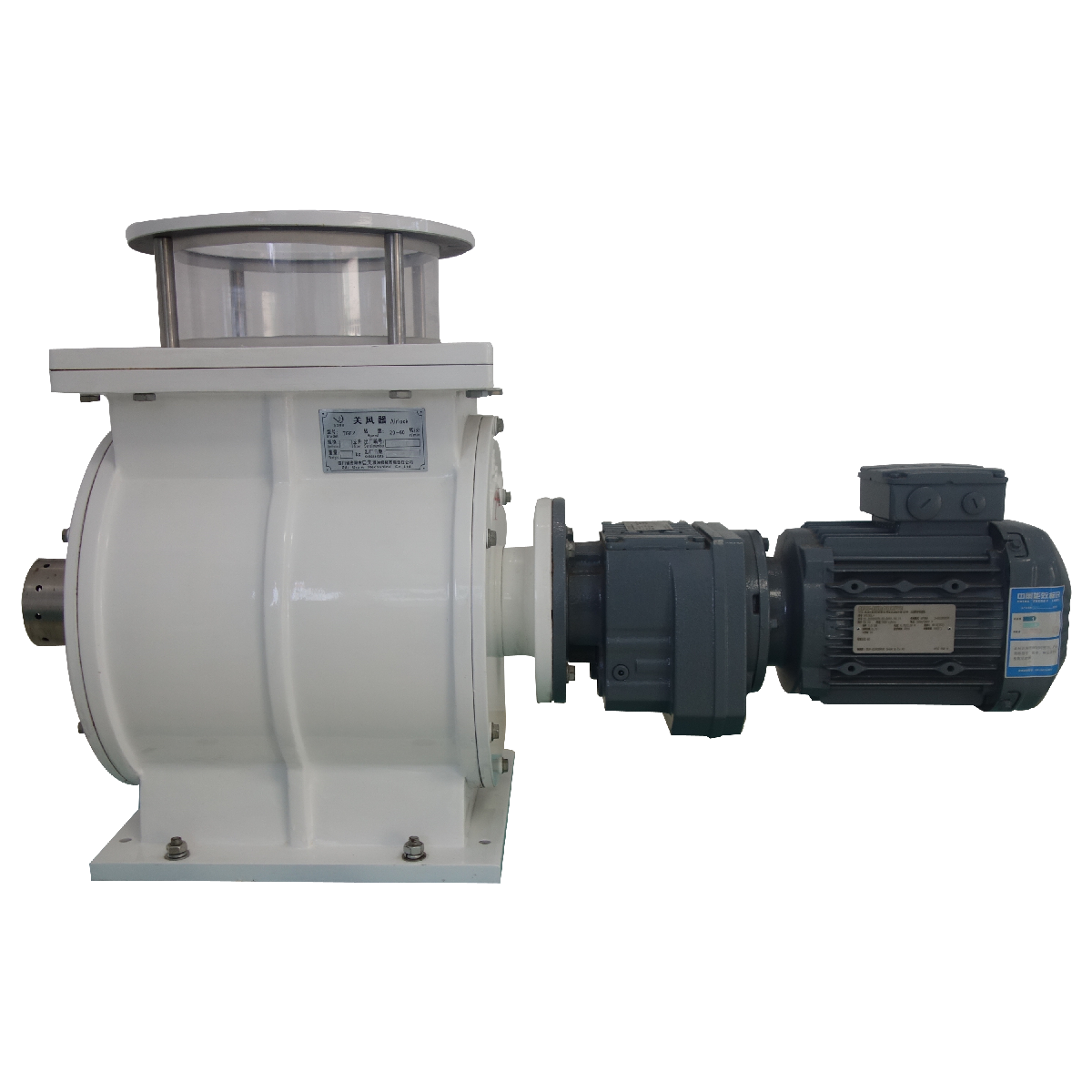Inside a rotary airlock valve, air is sealed (locked) between the inlet and outlet ports. The vanes, or metal blades, of a rotary airlock valve turn (rotate) during operation. As they do, pockets form between them. The material being handled enters the pockets through the inlet port before rotating around inside the valve and then exiting through the outlet port. In an airlock valve, air is sealed (locked) between the inlet and outlet ports. This allows the materials to travel downward through the valve from the inlet to the outlet port while restricting the airflow. Material is moved continuously through the presence of a constant air pressure between the ports. This pressure or vacuum difference must be maintained within the valve for proper function.

Because of the characteristics of the rotary valve, the rotary valve is widely used under the dust collector and Silos etc. The conveyed material passes through the rotary valve and then enters the next processing link.
Rotary airlock valves are also called rotary feeders, rotary valves, or just rotary airlocks. Used in both pressure style and negative vacuum style pneumatic conveying systems, due to the characteristics of the rotary valve, these valves serve as a “lock” to prevent air loss while simultaneously performing vital material handling functions. Though simple, the rotary airlock valve is a critical component to the efficiency of a conveying system. It’s important to remember that not all rotary valves are necessarily rotary airlock valves – but virtually all rotary airlocks are rotary valves.
Post time: Nov-16-2021
